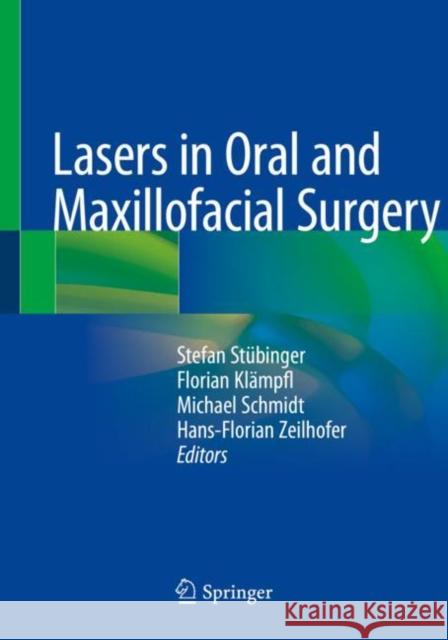Lasers in Oral and Maxillofacial Surgery » książka
topmenu
Lasers in Oral and Maxillofacial Surgery
ISBN-13: 9783030296063 / Angielski / Miękka / 2021 / 269 str.
Lasers in Oral and Maxillofacial Surgery
ISBN-13: 9783030296063 / Angielski / Miękka / 2021 / 269 str.
cena 464,01
(netto: 441,91 VAT: 5%)
Najniższa cena z 30 dni: 443,35
(netto: 441,91 VAT: 5%)
Najniższa cena z 30 dni: 443,35
Termin realizacji zamówienia:
ok. 22 dni roboczych
Bez gwarancji dostawy przed świętami
ok. 22 dni roboczych
Bez gwarancji dostawy przed świętami
Darmowa dostawa!
Kategorie BISAC:
Wydawca:
Springer
Język:
Angielski
ISBN-13:
9783030296063
Rok wydania:
2021
Wydanie:
2020
Ilość stron:
269
Oprawa:
Miękka
Wolumenów:
01











